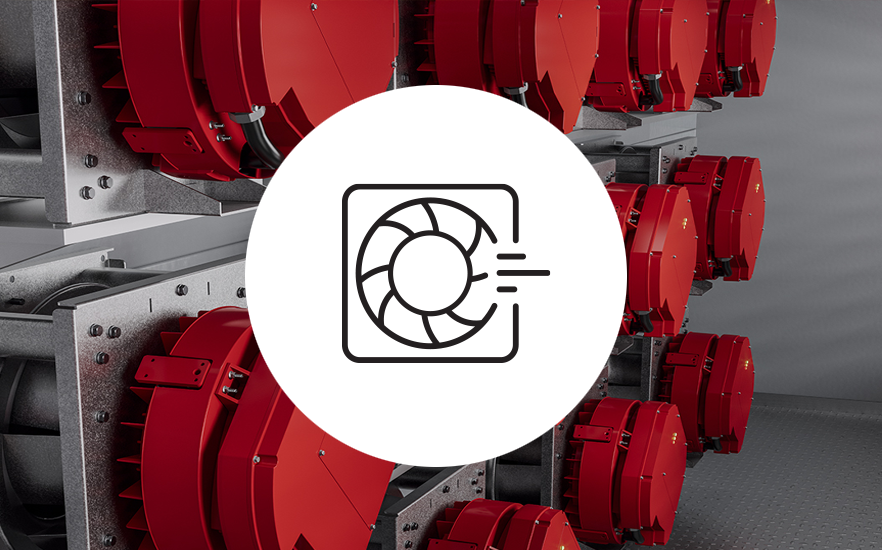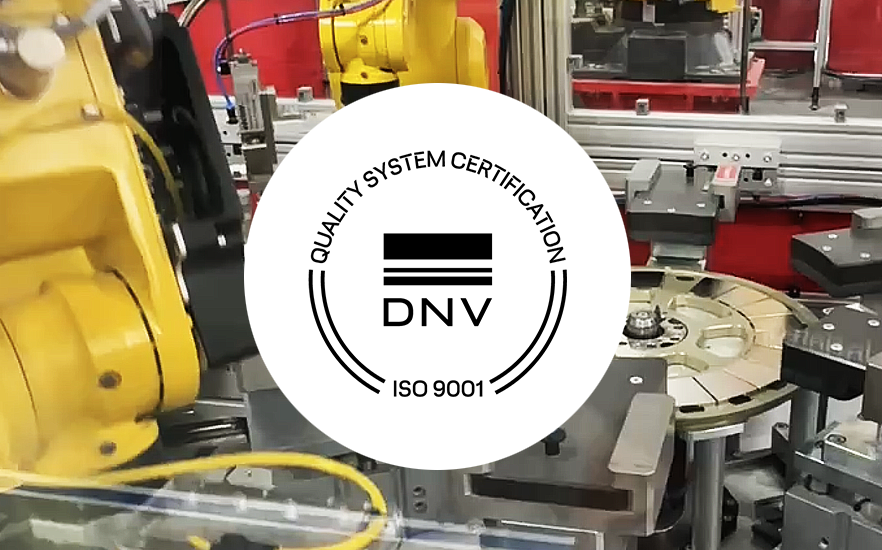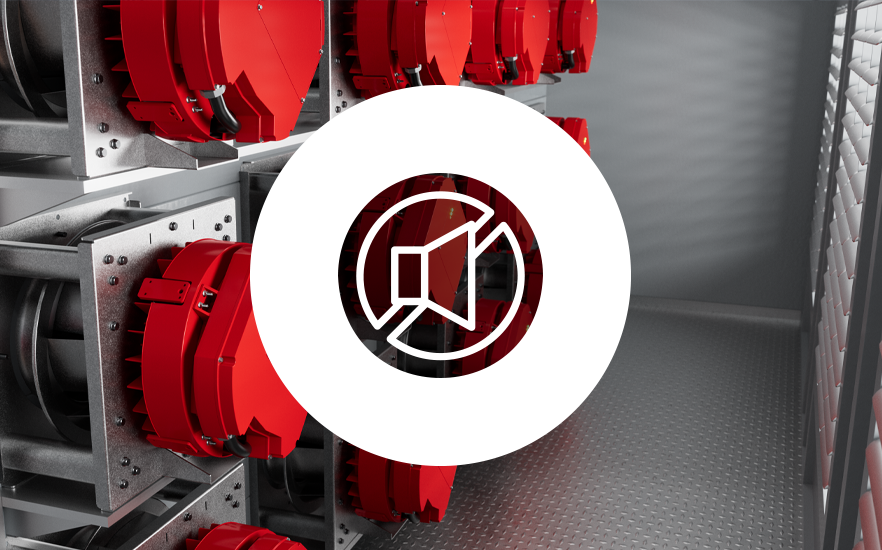Retrofitting data centers with a fan array is a game-changing strategy for enhancing cooling efficiency.
Blog
Infinitum ISO 9001 Certification Strengthens Trust Through Reliability
We manufacture motor systems that exceed industry standards reliability and sustainability.
Infinitum Acoustic Advantage
Explore the acoustic benefits of Infinitum’s Aircore EC motors and measurable sound reduction over conventional motors.
Unleashing the Power of CDU Motors
Discover the revolutionary Coolant Distribution Unit (CDU) technology and the game-changing role of advanced motors in transforming thermal management.
Data Center Sustainability: Addressing New Metrics Around Carbon Intensity
The growth of data centers to power everything from online transactions to AI searches is unprecedented.






